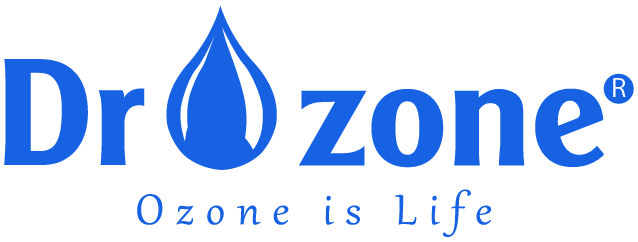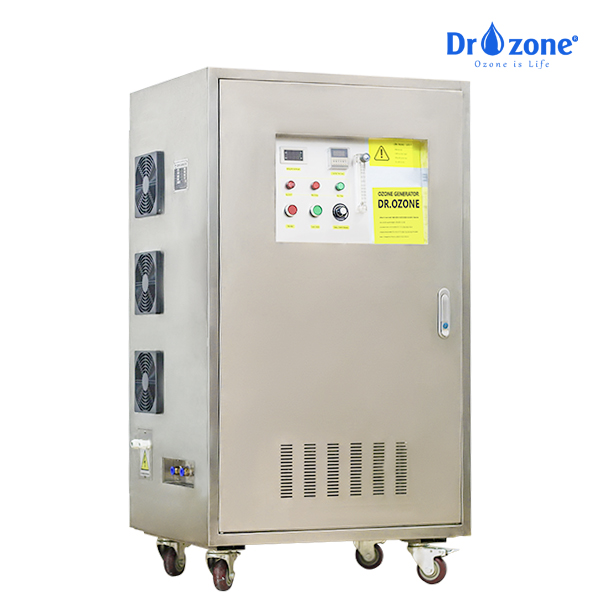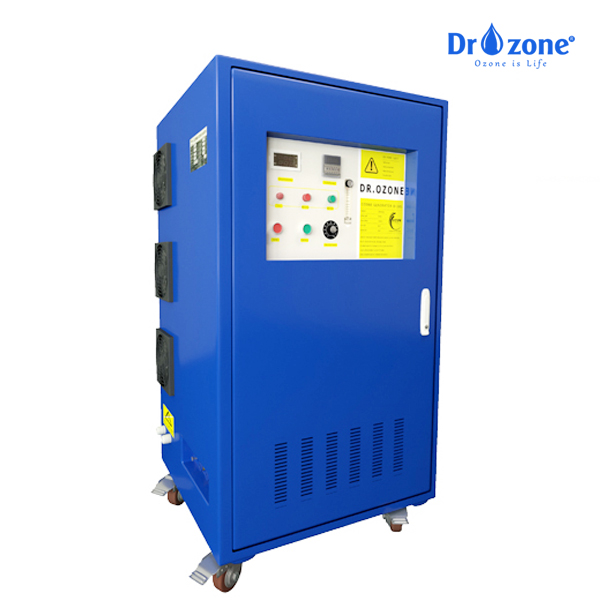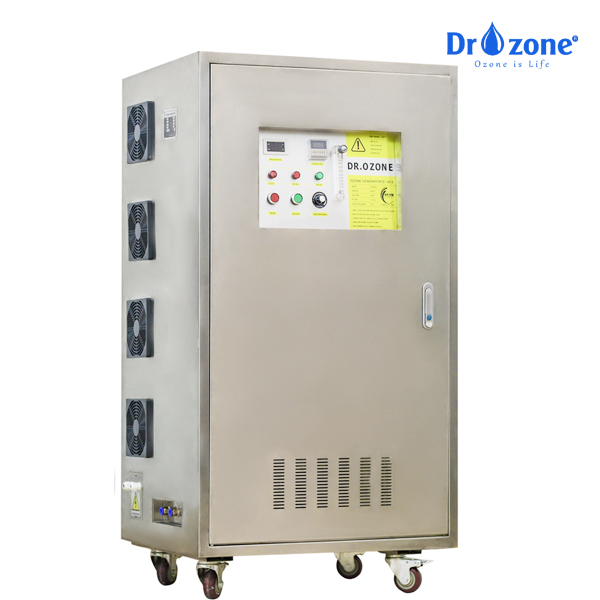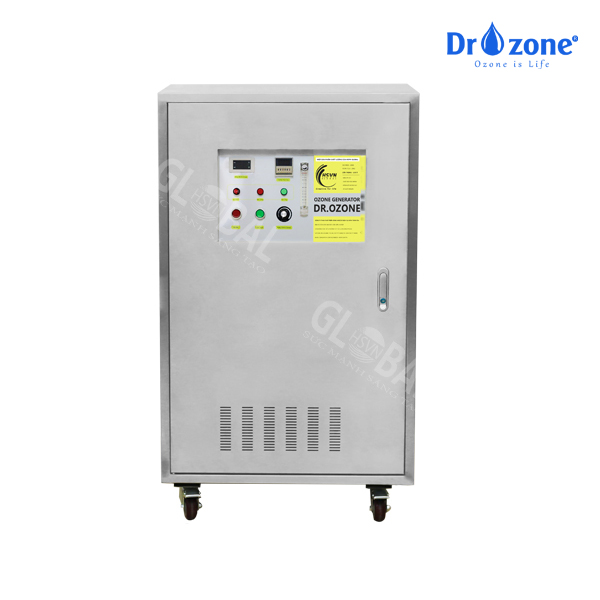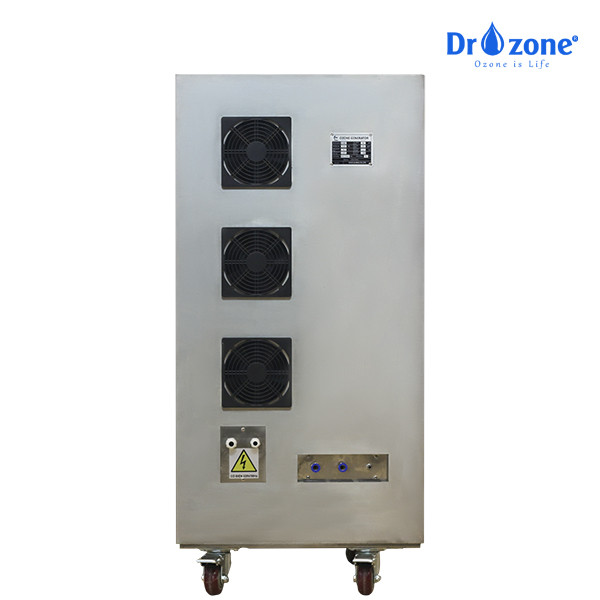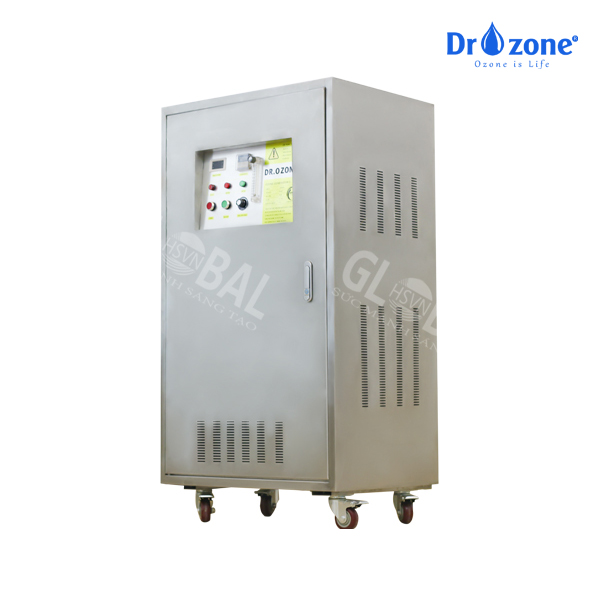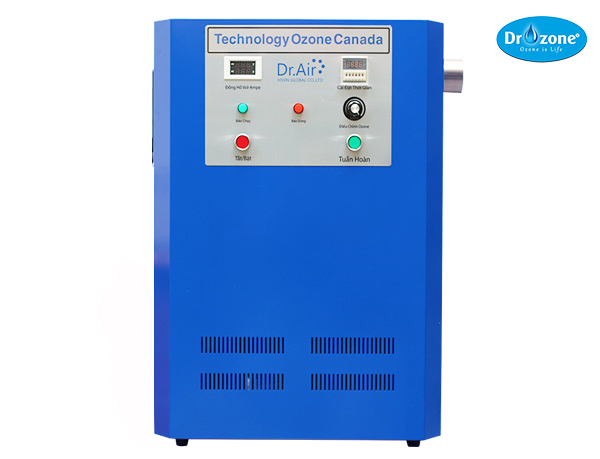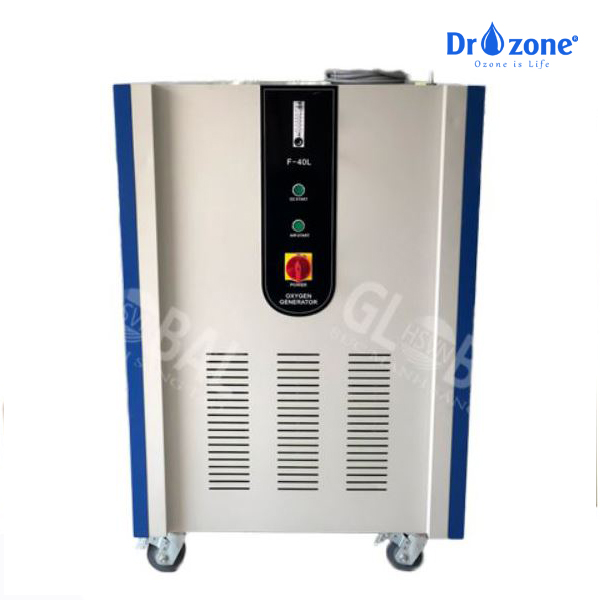Textile Industry
Application of Ozone In Textile Wastewater Treatment
Textile wastewaters are real extremely complex, contain many other chemical ingredients and are highly resistant to biodegradation under both wastewater treatment plants and natural conditions.
Ozonation through actual use proved to be an efficient method for textile wastewater treatment. With its strong oxidant character, Ozone can decompose many substances include dyes.
Ozone generator for textile wastewater treatment
The dyeing and textile industry is one of the major use very lots of water users during operations. Many dyes, chemicals and auxiliaries are applied in textile and dyeing processes, causing water pollution, odorous wastewater, and high concentrations of volatile organic compounds (VOCs).
In addition, due to solvents, chemicals, and printing ink used for production and printing are left in excess during the drying or printing process, creating VOCs and polluted wastewater that is difficult to handle.
On average, the prints may require up to 1200 kg of organic solvent, most of which is emitted as VOCs from the drying process, up to 80 kg of solvent present in the wastewater.
There are two types of ozone applications in the textile industry: Using gaseous Ozone & hydrated Ozone.
In which, the process of using ozone in water is simpler, safer for workers. Using gaseous ozone requires a device to measure ozone concentration in the air to ensure health safety. In addition, ozone decomposition time in the air is faster than in water, so the solution of mixing ozone gas into water is a more economical and efficient solution.
Application of ozone in textile wastewater treatment
Ozone technology is an effective method of treating waste both in wastewater and VOC emissions by effectively oxidizing organic molecules.
Ozone treats wastewater: Wastewater often contains high COD content with a COD:BOD ratio from 4:1 to 5:1. Ozone not only oxidizes organic pollutants but also has the ability to convert non-biodegradable COD into easy-biodegradable BOD, declining COD:BOD ratio.
Ozone treats VOC emissions: Ozone is often combined with an activated carbon filter that reduces this harmful pollutant by up to 99%.
In fact, treatment by biological methods or performing the Fenton process has a very high operating cost. Meanwhile, using ozone technology and modern ozone equipment brings commensurate efficiency but has a much lower cost. Ozone applications are becoming more and more widely known and recognized for their effectiveness in many manufacturing enterprises.
Textile wastewater is usually treated on-site using a biological wastewater treatment process. This can result in an approximately 90% reduction of COD and BOD pollutants. Ozone technology decolorizes particularly effectively, providing color treatment in as little as 10-15 minutes depending on ozone capacity while also treating COD and BOD that achieve near-zero exhaust gas levels.
Ozone technology has a high practical application, thoroughly solving your waste treatment problems in the textile industry. We provide you with the safest and most effective methods to help your business achieve compliance with wastewater regulations at the lowest operating costs.
Contact us today for the most effective wastewater treatment solution, optimize cost. Our technical team who are professional, experienced and knowledgeable will always ready to listen and answer all your questions. You can contact us any time via Chat Box or Hotline 24/7 for the best advice and support
Dr.Ozone Headquarter
Address: No.30, Truong An Industrial Cluster, An Khanh Commune, Hoai Duc Dist, Ha Noi city, Viet Nam
Website: dr-ozone.com
